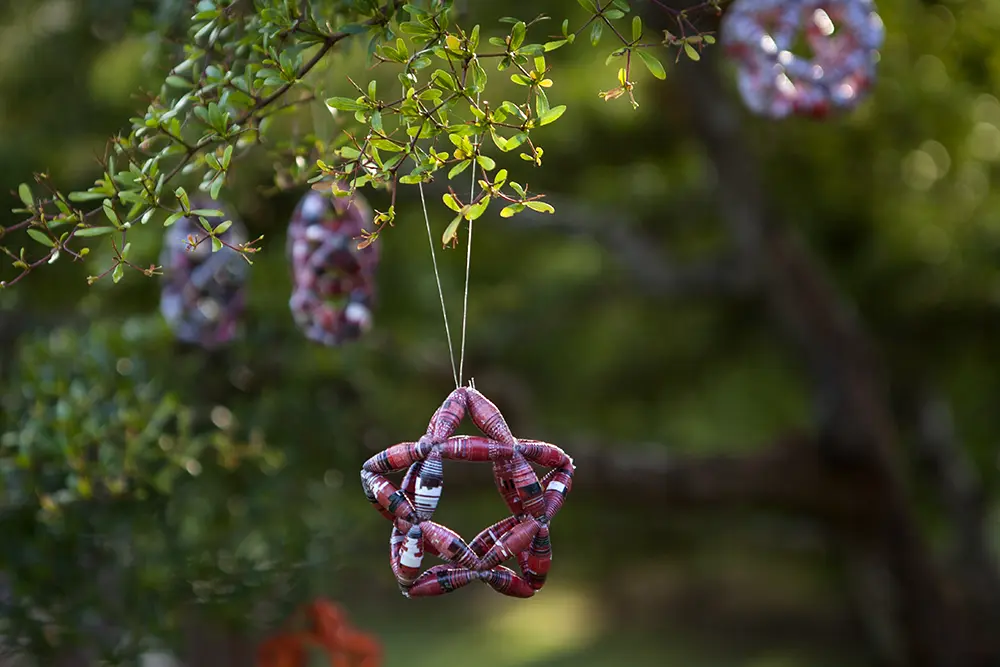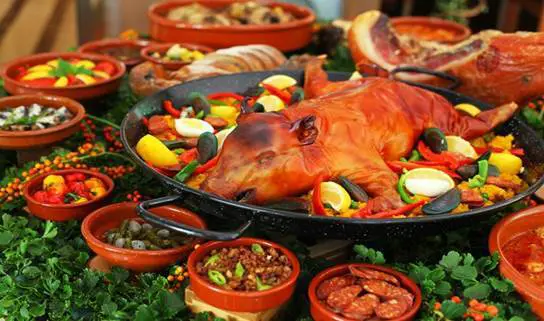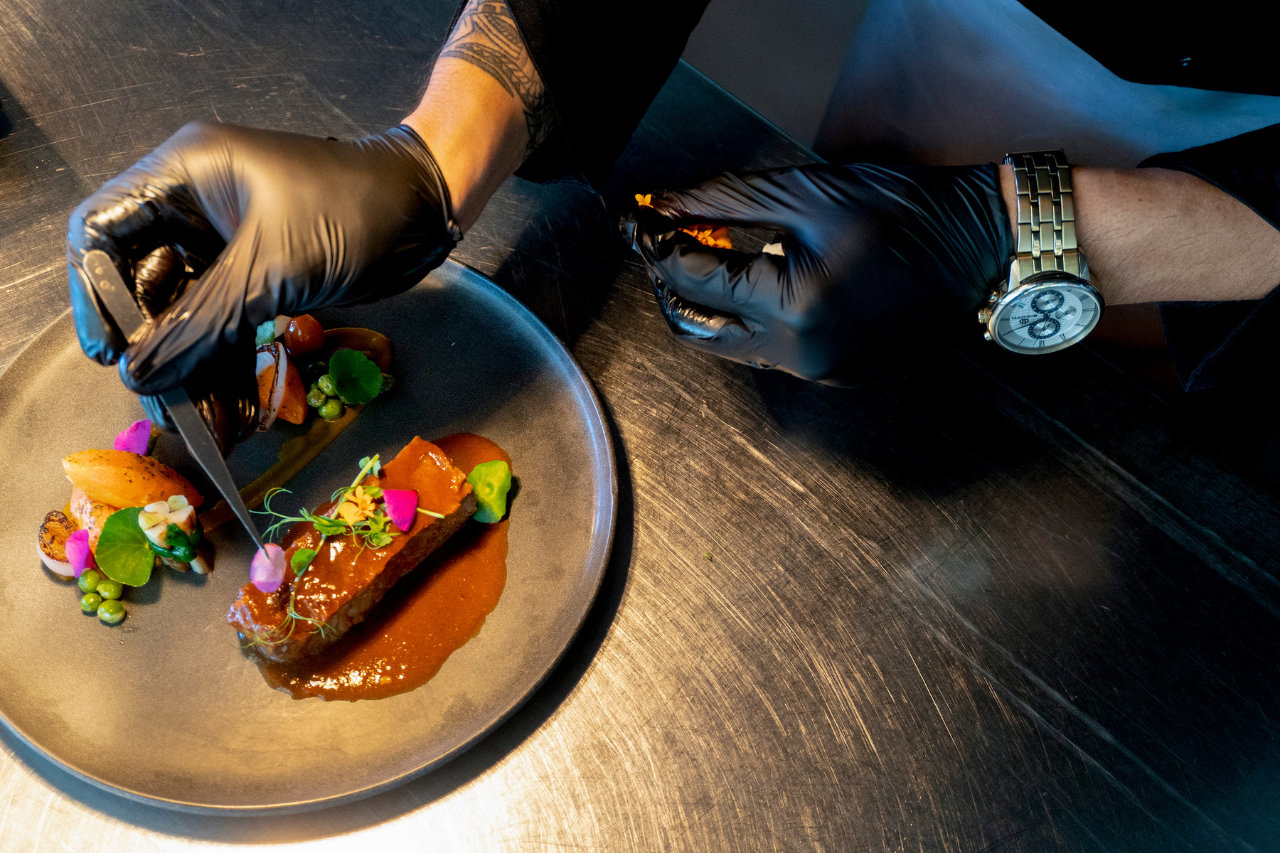Together with the –ber months comes Amihan, our windy season, to breeze the Philippines along to Christmas season. Signaling to Filipinos that it’s now time to unpack colorful lights and decorate the houses, parks, streets and pretty much every corner. Embellished with twinkles and shimmers, everywhere you look is red, gold, silver and green. We celebrate this holiday the longest compared to other countries. But more than the adornments that beautify the whole country, it’s the festive spirit of the Filipino people that shines the brightest during this time of the year.

A Religious Festivity
We, Filipinos celebrate Christmas to glorify the birth of Jesus Christ, our savior. That’s why Christmas time in the Philippines is accompanied with plays, tv shows, children stories and many other artistic depictions of this holy phenomenon. One very remarkable tradition is the display of Belen, a crèche composed of the Holy family, the three kings, angels and the stocks in the manger of Bethlehem. Related to that is the hanging of Parol (lantern). It symbolizes the star that lead the three kings to the place where the messiah was born. Christmas songs written about this are also heard everywhere. But the special ones are sang by the carolers, mostly kids in the neighborhood. Equipped with their guitars or makeshift drums and tambourines, they sing at the top of their lungs. Which will be rewarded with treats or money that they will divide to themselves later on their way home.
Church choirs sing Christmas carols and the Christmas mass is called “Misa de Gallo” which translates to “Rooster’s Mass”. It got its name because it starts at 4 am when the Rooster’s crow. It’s an important activity for the families to go to church together especially this season. Wearing their finest clothes, Catholics head to church for their 9 mornings. It is believed that if one completes all the masses from December 16 to 24, they get one wish that will come true within a year before the next Misa de Gallo. The last mass before Christmas is at 10pm of the 24th. It is always so crowded with churchgoers. So many of them have to stand outside the church for the whole ceremony. When the mass is done at around 11pm, everybody heads home for Noche Buena with their relatives.
Noche Buena

Noche Buena is the traditional Filipino family dinner on Christmas Eve. More than that, it is the time to get together and catch up with family. I remember my parents would wake me and my siblings to make sure we were present for the meal. Even our relatives based abroad would be home on Christmas to reunite with us on this specially prepared feast. My mother makes her signature Paella Valenciana. While some of our relatives would bring other specialties like jamon (ham), queso de bolla (cheese ball), lechon and the all-time favorite buko (young coconut) salad. It is always a long night of chatting and laughing. Something we only have the chance to do once a year.
After dinner, my cousins and I would crowd around where the gifts are beautifully stacked underneath the Christmas tree. We’d search for our names and admire each other’s gifts, usually toys and clothes and thank our gift givers; our older relatives. On the morning of the 25th, we visit or should I say “haunt” our godparents we call Ninang or Ninong for our yearly “Aguinaldo/Pinaskohan” (gifts/treats/money). Usually the older you get, the bigger money they give until you are old enough with a job, then it’s your turn to give them something in return. Because isn’t Christmas about selflessness and sharing?
It is indeed our merriest time of the year and every time the season is over, we start looking forward to it the next year.
Written by Alma Alcoran






